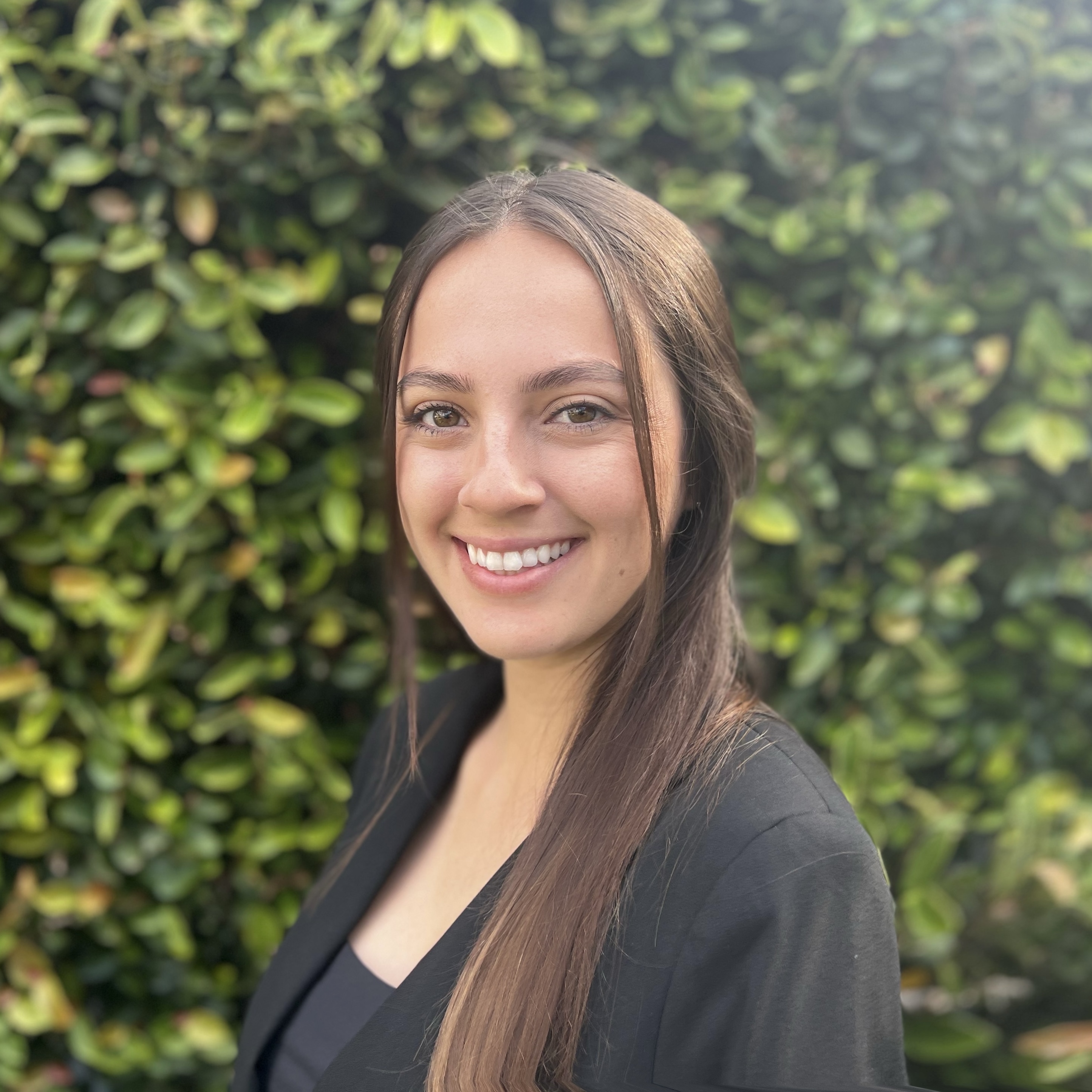Society of Mathematical Biology 2021
2 minute read
I have been learning more and more about the advantages of growing a network and remaining connected within your field. With the Society of Mathematical Biology being an organization focused on promoting the development and dissemination of research an education between the mathematical and biological sciences, I was excited to attend, although virtually, the annual conference for 2021. Throughout the conference I was given the opportunity to participate in a mentorship program where I gained ample insight into the mathematical biology world in both academia and industry. Dr. Uduak George (SDSU) and Dr. Mona Eskandari (UCR) organized a minisymposium on Understanding lung function and disease through mathematical modeling and experiment. I was delighted to participate in this minisymposium for my talk titled New metrics for quantifying the spatial inhomogeneity of abnormal fluid in MR images of cystic fibrosis lungs. The abstract for the talk is shown below along with a video of the presentation.
Cystic fibrosis (CF) is a genetic disease that can produce thick mucus accumulation in the lung, limiting a person’s ability to breathe. Treatment plans for CF are often determined from disease severity as determined by the spirometry metric percent predicted forced expiratory volume in 1 second (ppFEV1). Spirometry does not yield information about mucus accumulation behavior and location that imaging may provide. Magnetic resonance (MR) imaging is an imaging technique with no radiation effects that yields information about fluid density, or water content, within the lung from blood, lung tissues, and lung abnormalities such as excess mucus. In this talk, we will present an automated image processing algorithm that makes use of three-dimensional MR images to locate, segment, and describe the lung abnormalities in CF versus control lungs. The spatial location and behavior of lung abnormalities is categorized into three different spatial behaviors: (i) generalized, (ii) localized diffuse, and (iii) localized. Lungs with generalized behavior have little but sparse abnormal lung fluid. Localized lungs have a focality or concentration of abnormal lung fluid in a particular region of the lung and sparsity elsewhere, while localized diffuse lungs have a high concentration of abnormal lung fluid in multiple regions. Control patients mostly presented as generalized. CF patient’s abnormal fluid behavior did not directly correlate with severity level as determined by ppFEV1. This suggests CF disease is heterogeneous within severity levels and ppFEV1 may be missing additional information about disease behavior. The algorithm developed provides unique information about abnormal lung fluid behavior that may be used to distinguish differences in CF disease missed by traditional spirometry metrics.
Society of Mathematical Biology Conference Proceedings
Our group is working hard on publishing the presented work and we are extremely excited about our findings. Please feel free to reach out with any questions and thank you to the Society of Mathematical Biology for such an amazing conference. I learned so much from my fellow peers in math-bio!
